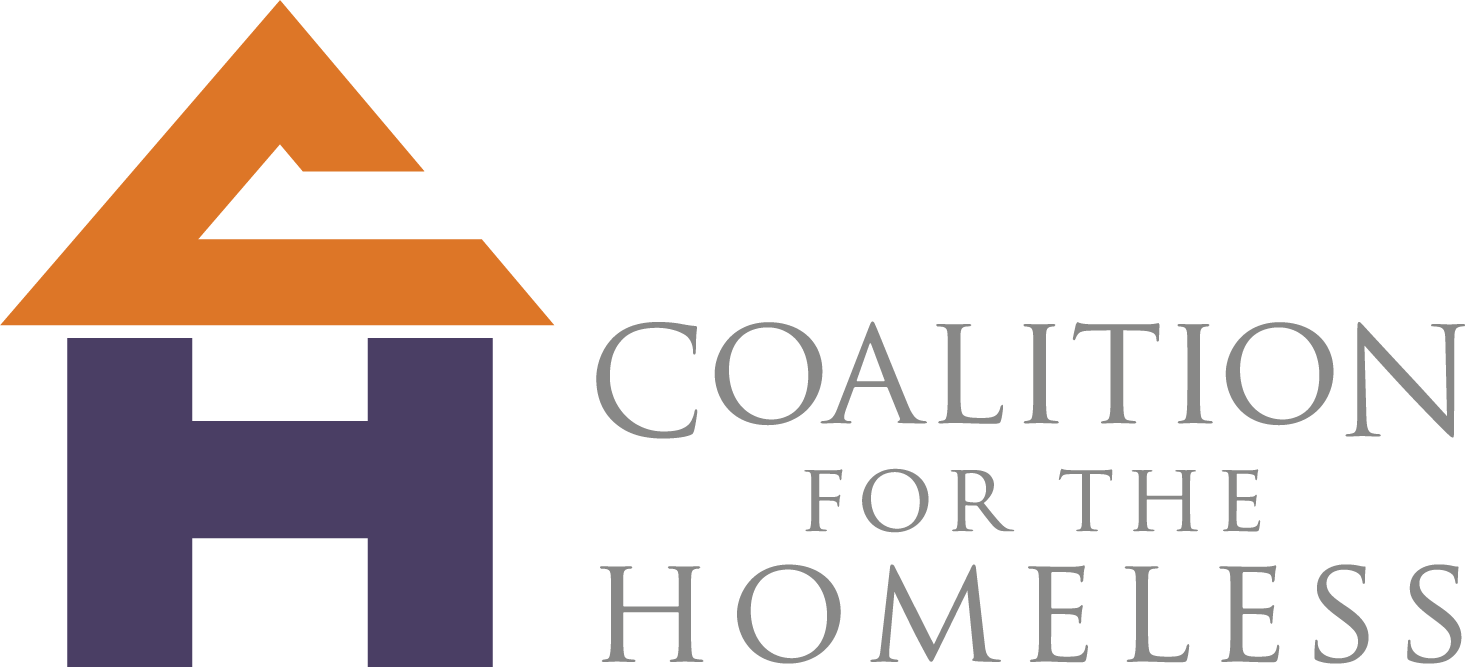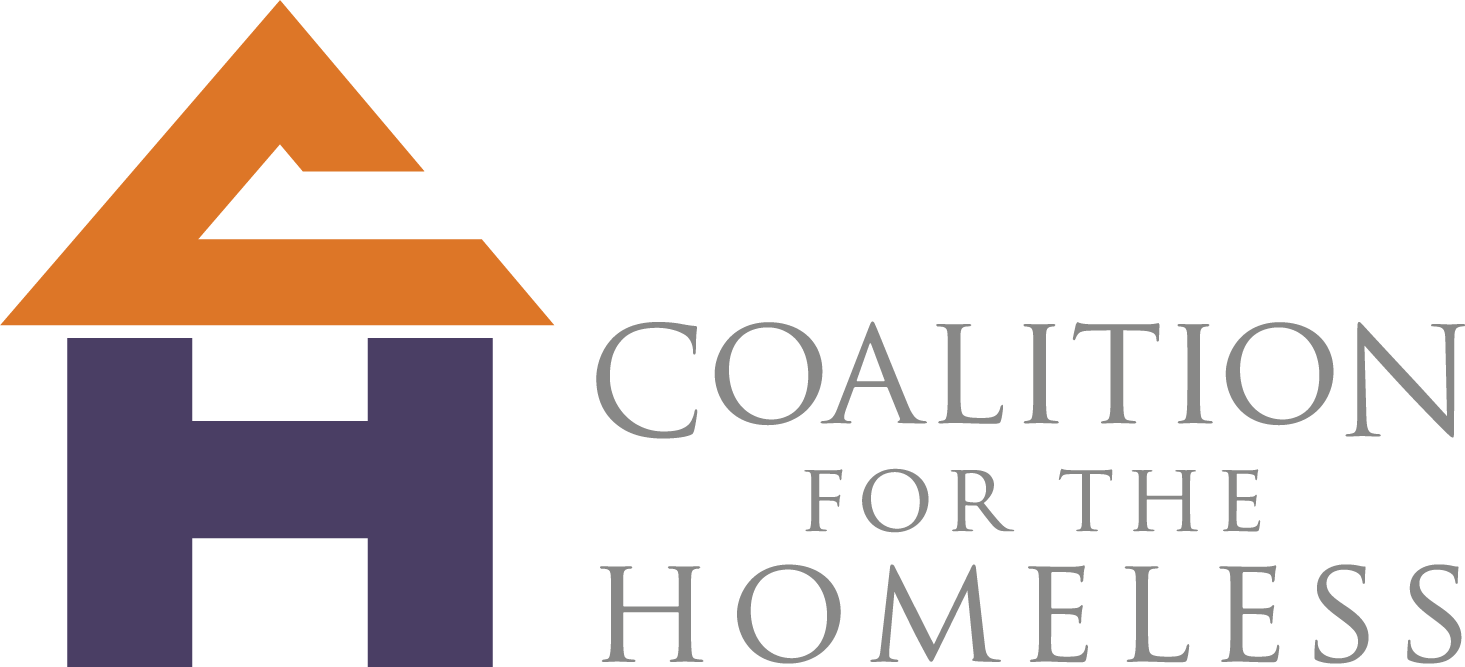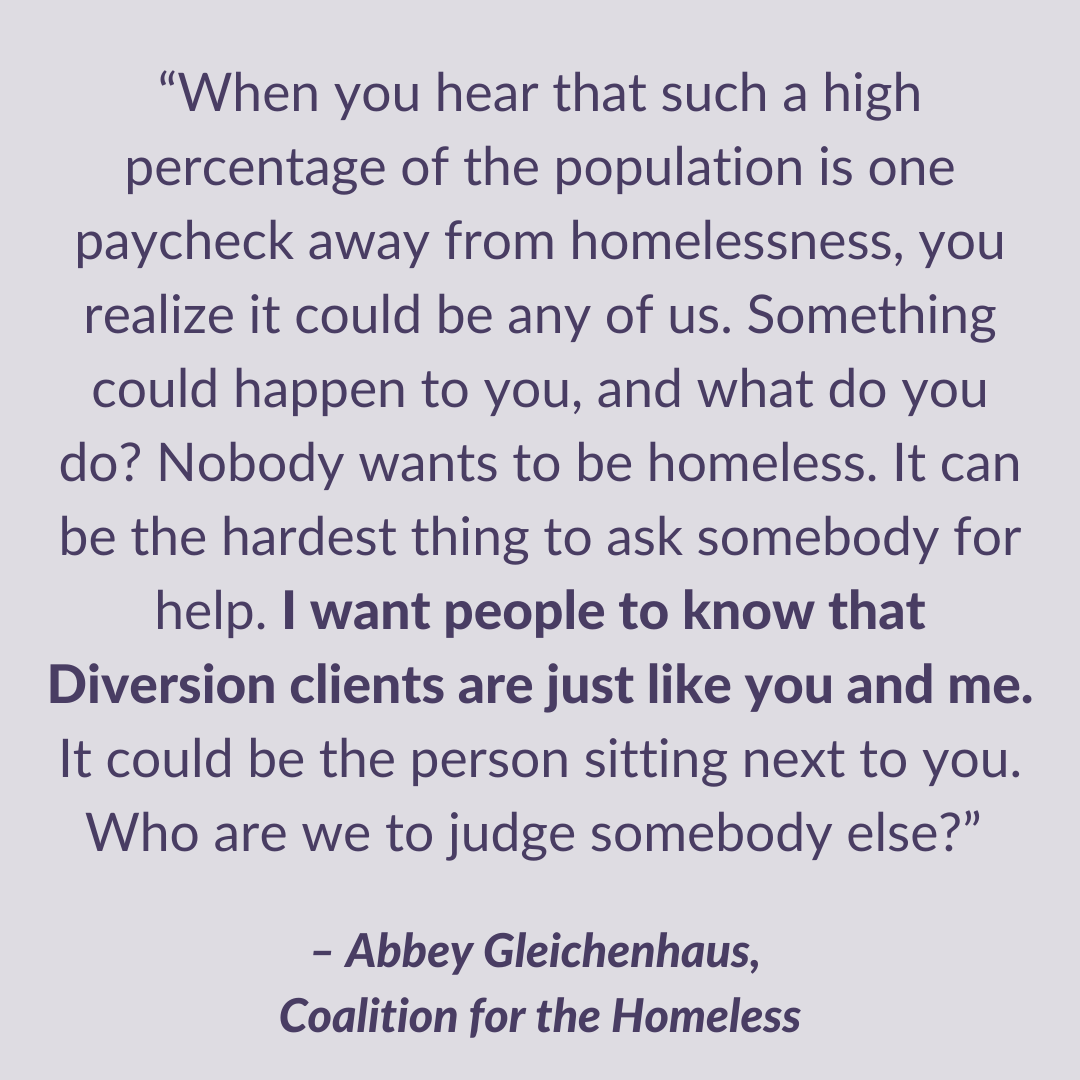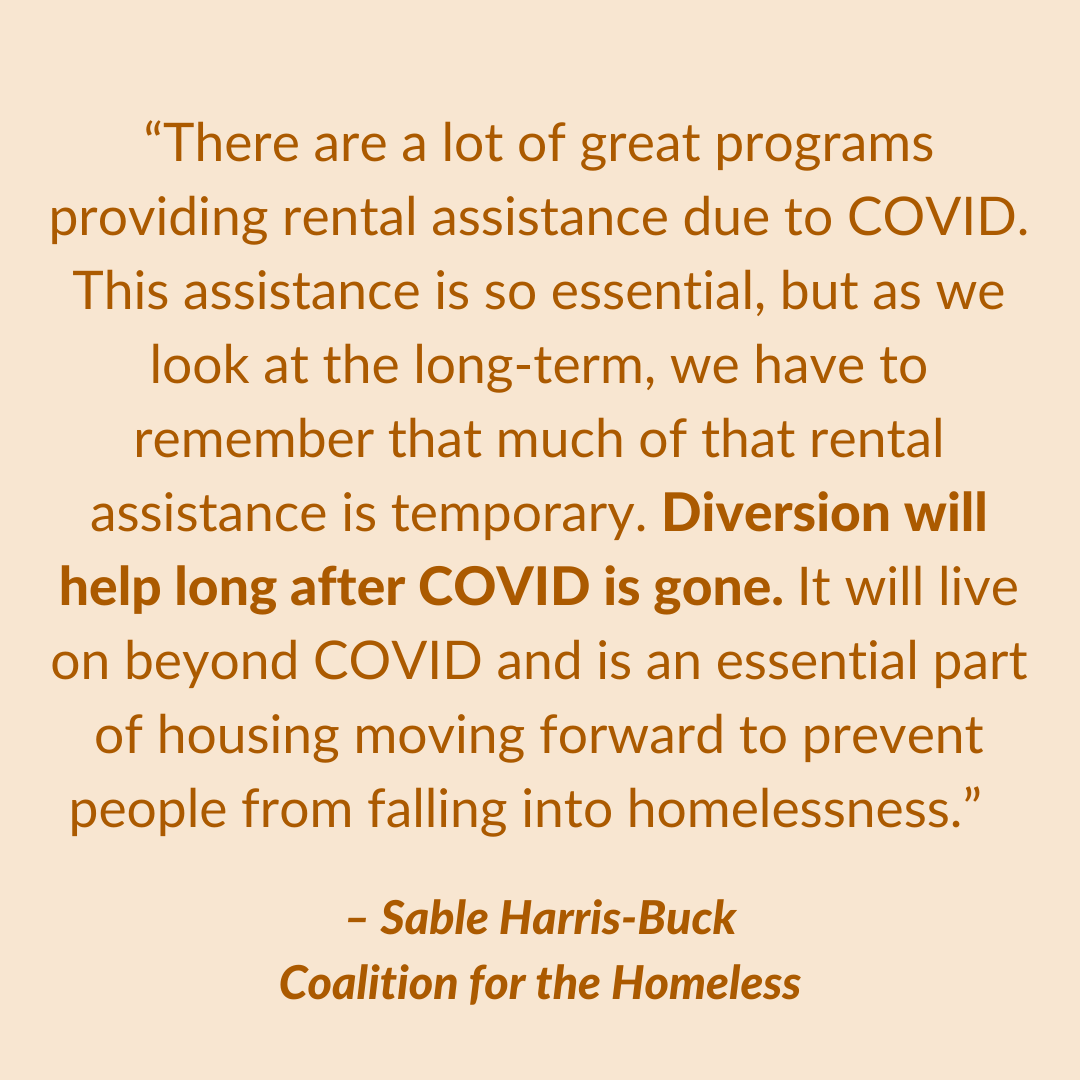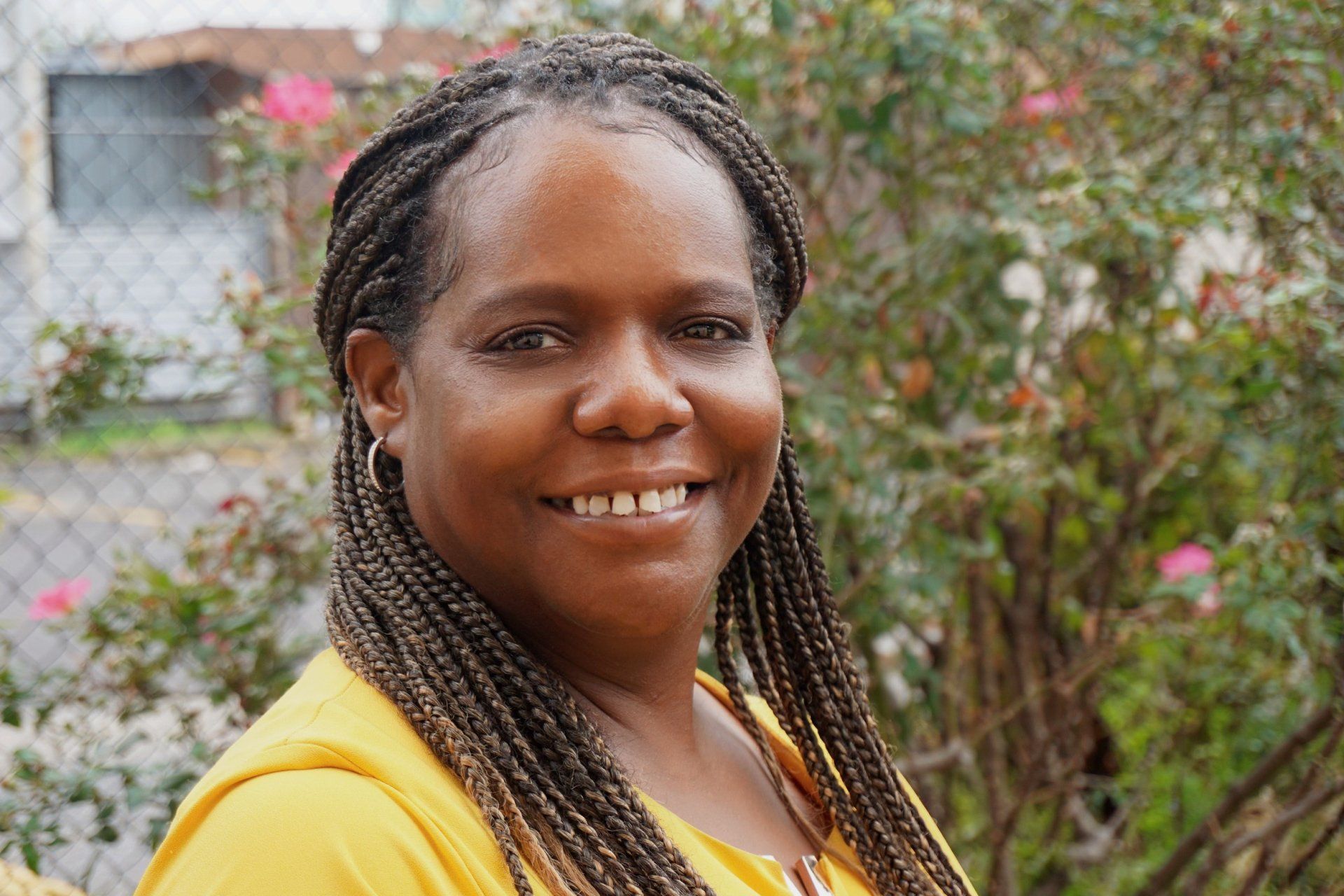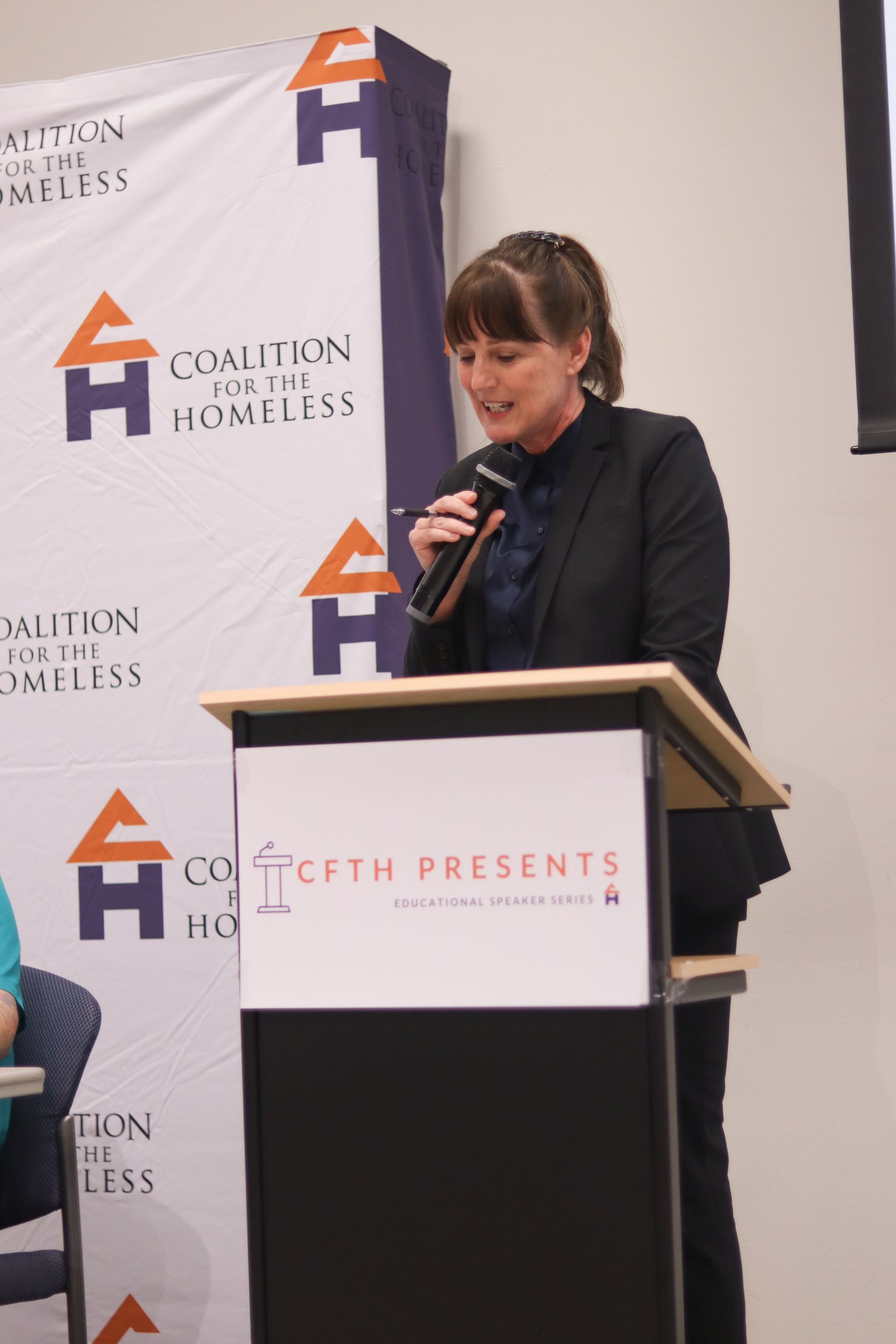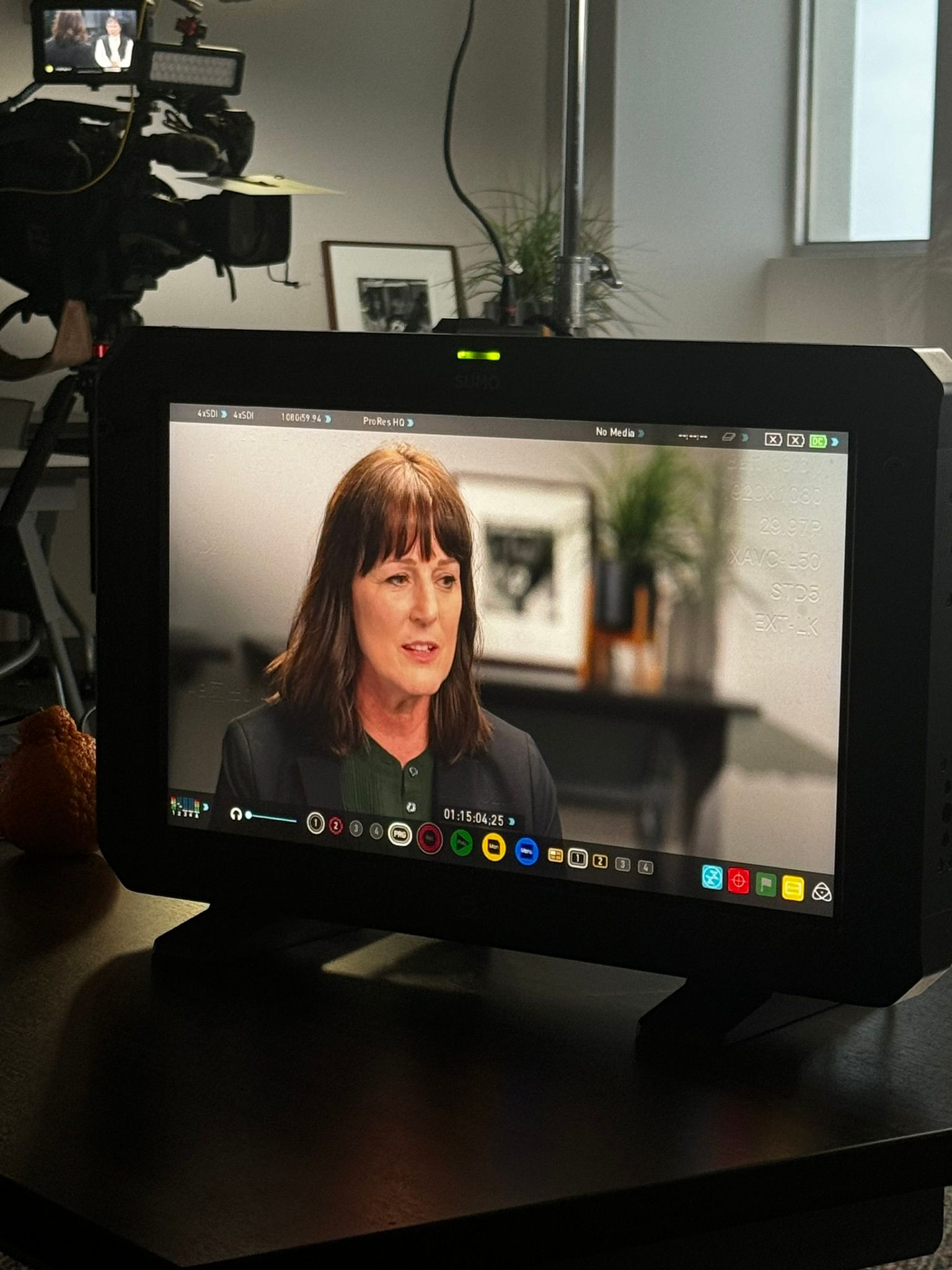CCHP funding made the introduction of Diversion to the Houston region possible. Before implementing the program, the Coalition worked with the United States Interagency Council on Homelessness, Housing & Urban Development (HUD) Technical Assistance providers, and other federal partners to discuss the best approach to implementing a true homelessness diversion program. Through these conversations, the Coalition learned about Diversion programs in Boston, Seattle, Baltimore, Los Angeles, and more.
Because Diversion case management focuses on problem solving and a different style of engagement, the Coalition facilitated virtual training on Diversion best practices for 52 direct service staff from partner agencies in December 2020. The training was administered by two HUD trainers who are nationally recognized diversion specialists. While other programs in the CCHP kicked off on October 1, 2020, the Diversion program began on January 1, 2021 to accommodate the training program.
Five local agencies are providing Diversion through the CCHP: BakerRipley, Endeavors, Houston Area Women’s Center, Northwest Assistance Ministries, and The Salvation Army of Greater Houston.

